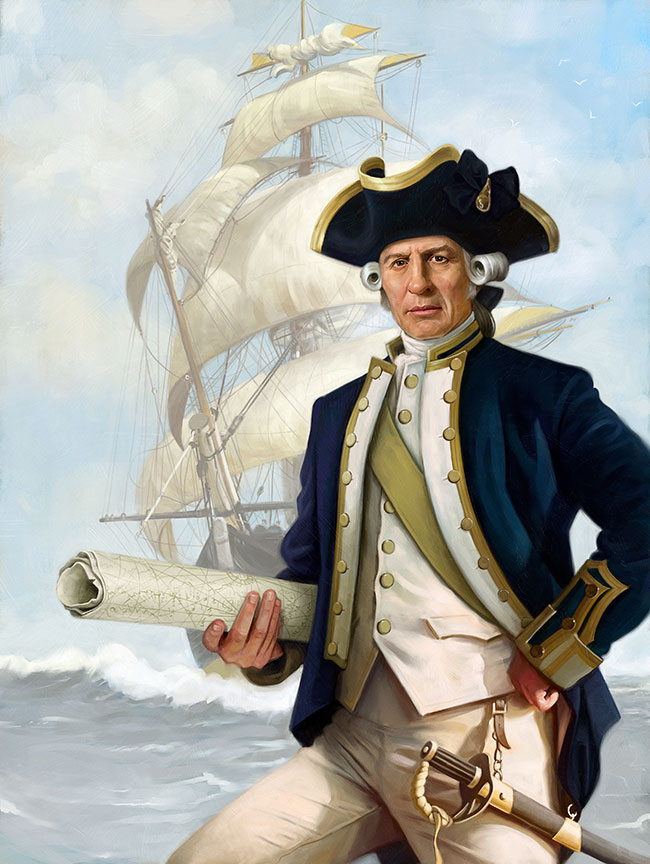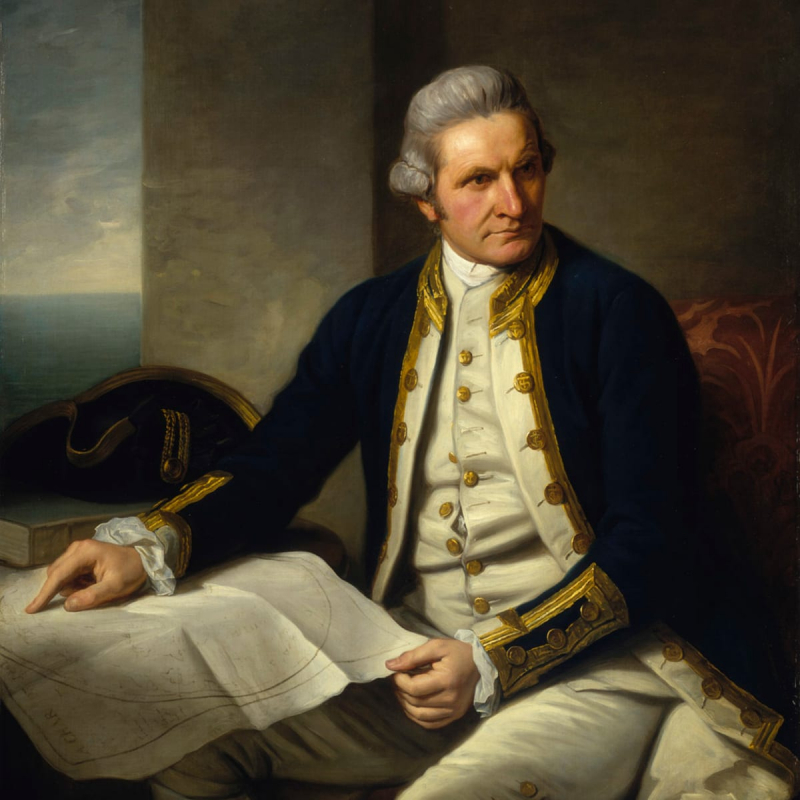He was an expert mapmaker
Cook served as master of the inferior Navy ship HMS Pembroke during the Seven Years' War in North America. He participated, along with other members of Pembroke's crew, in both the siege of Quebec City in 1759 and the significant amphibious attack that liberated the Fortress of Louisbourg from the French in 1758. He showed an aptitude for surveying and cartography during his service and was in charge of mapping much of the Saint Lawrence River entry during the siege, enabling General Wolfe to launch his renowned covert attack during the Battle of the Plains of Abraham in 1759.
His five seasons in Newfoundland resulted in the creation of the first detailed maps of the island's coasts at a wide scale and the first large-scale hydrographic surveys that used accurate triangulation to determine the locations of land features. Additionally, they enabled Cook to grasp practical surveying under frequently challenging circumstances and brought him to the attention of the Admiralty and Royal Society at a pivotal time for both his career and the advancement of British overseas exploration. Cook's maps were utilized well into the 20th century, and for 200 years, sailors in Newfoundland's waters used copies as a reference. He was given command of his first circumnavigation in part due to his ability to navigate through unfamiliar waters and deliver accurate charts of the areas he explored back home.














